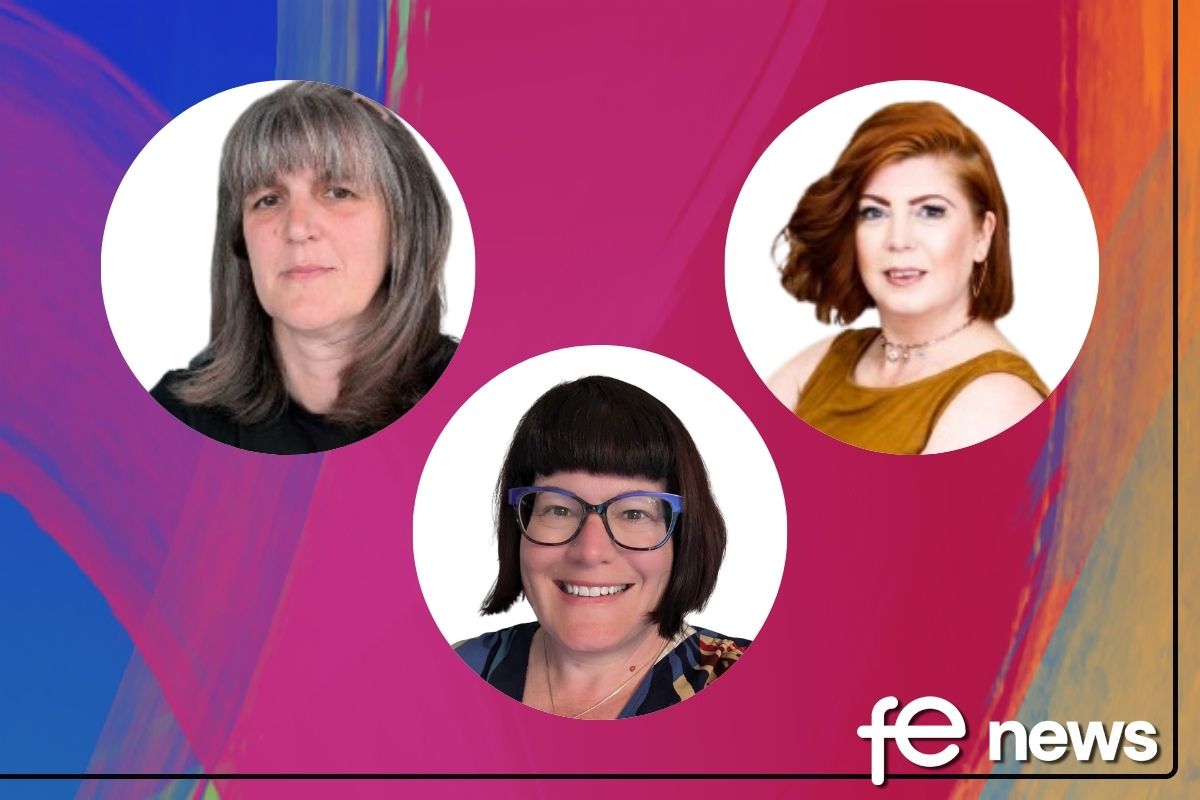How to help students ‘crack the code’ of reading #FullyFunctional

Functional skills tutors become used to supporting students who not only have trouble reading writing and spelling but who often think it is their fault or that there is something wrong with them.
Believing that is why they find it so difficult and why despite additional support in school or a variety of interventions they haven’t’ managed to ‘crack the code’.
The specific bit they find most challenging is the One to Many part of the code. In the English language there are 26 letters in the alphabet but about 44 commonly used sounds.
This means that letters are put together in groups of 2, 3 or 4 to represent in written form the spelling of those 44 sounds.
That is one of the principles that students need to understand but may not have been explicitly taught – that one sound can be represented by several different spellings
As this is often the source of much frustration for students let’s unpack this a little more.
They may well not have been taught this code explicitly so they will see it as confusing and bewildering and that is understandable given that there are numerous ways to spell many of our common sounds.
Consider the sound /ae/, there are a number of common ways of spelling that sound – take a look below:
- day
- rain
- cane
- steak
- apron
- grey
But you can also spell /ae/ with ei as in vein, eigh as in eight or sleigh, aigh as in straight and then there are words like ballet and crochet where the /ae/ sound is spelled with et, though this only occurs in a few words.
The sound /oe/ can also be spelled in a number of ways:
- go
- show
- bone
- toe
- though
- boulder
Students need to learn the principle that one sound can be represented by different spellings and they need exposure to these different spellings for common vowel and consonant sounds.
Let’s look at a common consonant sound – /s/ there are numerous ways of spelling the sound:
- sat
- kiss
- house
- city
- choice
- scientific
- psychology
It might not be as straightforward as in languages where there are a similar number of letters as there are sounds, but there is a code and it can be cracked when taught with transparency and when students have the opportunity to understand the principles and practice the skill of identifying which way of spelling is correct in a particular word.
I remember one student exclaiming after a lesson where we reviewed the different spellings for the /oe/ sound “why on earth has no one explained this to me before”. Why on earth indeed.
It might be complex but there are not an infinite number of ways, which is what students often feel if they haven’t been taught in a systematic and transparent way.
For many sounds there are maybe 4 or 5 common ways, and some are more likely to occur at the end of a word rather than if in the middle like the <ay> spelling for /ae/.
This isn’t a rule but rather an observation that students can be helped to make. Because our recognition memory is easier to access than our recall memory if students are exposedrepeatedly to words with these various spellings, they will quickly be able to recognize which is ‘right’ in that word.
For other sounds there may be fewer variations – /n/ for example:
- run
- dinner
- know
- gnarl
- pneumatic
It could be at the tutors discretion whether or not they teach the <gn> and <pn> spellings for /n/ depending on how likely the student is to need to read or spell words with these spellings of /n/.
But there is one other aspect that needs explicit teaching and that is the principle that one spelling can represent different sounds.
The spelling <ea> can be a spelling for the /ee/ sound in sea, the /e/ sound in bread and the /ae/ sound in steak. The letter <c> can represent /s/ in city but /c/ in cat.
Teaching a complex concept
Like any complex concept it needs teaching by people who are very well versed themselves in the code and can explain it in a way that is consistent, transparent and accessible to students using resources that are age/stage appropriate.
Providing opportunities for practice of newly acquired skills and knowledge through reading, writing and spelling is essential to embed these skills and knowledge.
The order in which this code is taught can be tailored to the individual student taking account of their existing knowledge and the words they need to know.
If, however they are taught rules which don’t work on every occasion like ‘silent’ letters their confidence in their abilities will be further eroded.
We don’t sound the letter k in know but if they understand the principle that 2, 3 or 4 letters can represent one sound, and that <kn> is one of the spellings for /n/ it doesn’t usually present a problem. Similarly, the magic ‘e’ rule, may work for words like cake or pipe but it doesn’t work in words like give.
So surely it is better to teach that it is one of the ways of spelling a particular vowel sound where we split the letters but say the sound when we come to the first part of the spelling/digraph.
Accessing all the advantages being literate brings
It remains a challenge for functional skills tutors to teach those who have already experienced years of failure and who may well believe that they can never crack the code of our language but with patience and with tutors who themselves are confident in their own phonic knowledge and skills and their ability to teach this to others, this could be the time that they finally do crack the code.
This will enable them to access all the advantages being literate brings. These advantages aren’t just about reading but about mental well-being and self-esteem so it really can be life changing.
Sheila Mulvenney, Director, Attuned Education Ltd











Responses